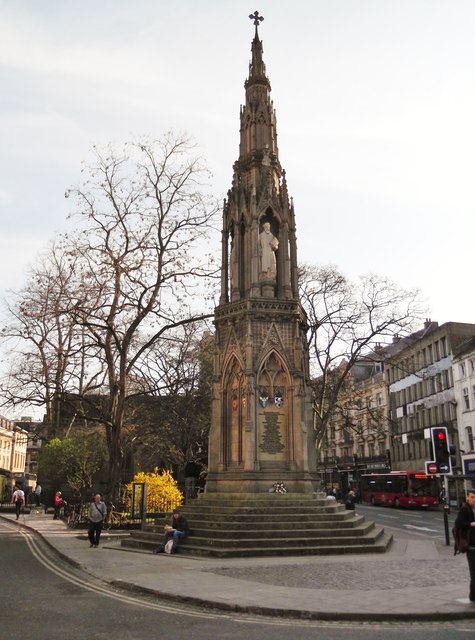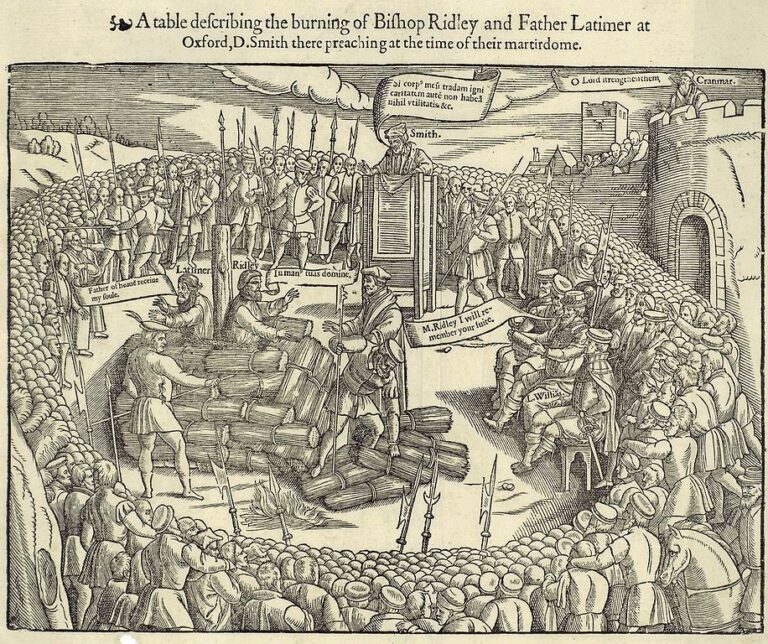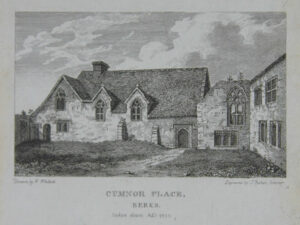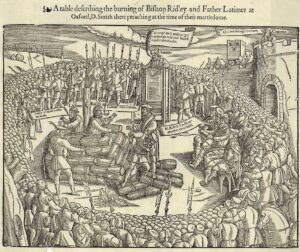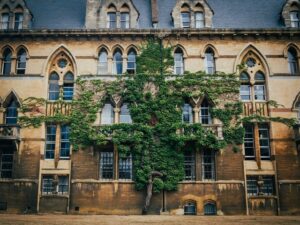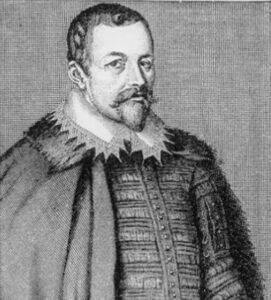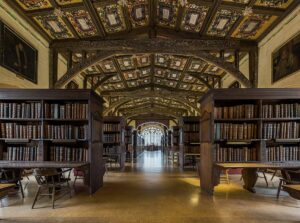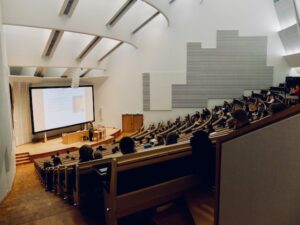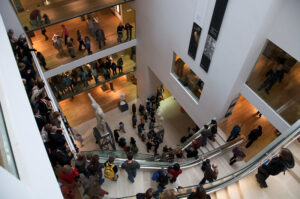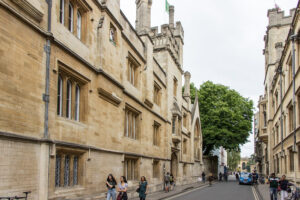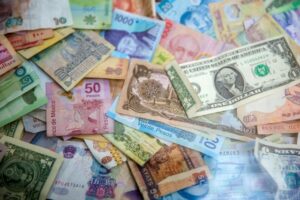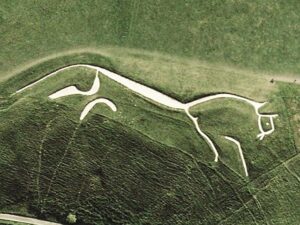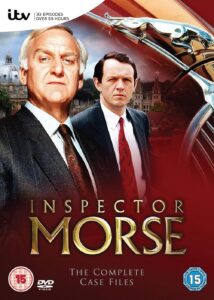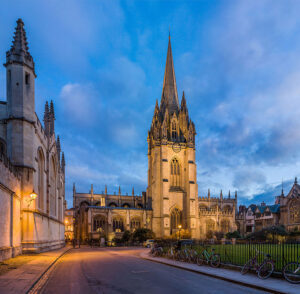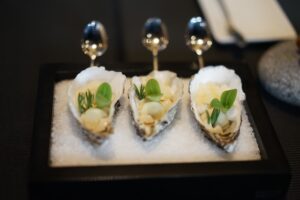The Oxford Martyrs were a group of protestants who were tried for heresy and burnt at the stake for their religious beliefs and teachings.
Who Were Oxford's Three Martyrs?
The three martyrs were the Church of England bishops Nicholas Ridley and Hugh Latimer and the Archbishop of Canterbury Thomas Cranmer. Here’s a little more about the three men:
- Hugh Latimer: He was the Bishop of Worcester during the Reformation and became the Church of England chaplain to King Edward VI. He was also a Fellow of Clare College, Cambridge.
- Nicholas Ridley: He was the Bishop of London and a supporter of Lady Jane Grey. After she and her supporters were executed in 1554, the Privy Council ordered him to be transferred to Bocardo Prison.
- Thomas Cranmer: He was the Archbishop of Canterbury during the reign of Henry VIII and the leader of the English Reformation. He had helped built the case for the annulment of Henry’s and Catherine of Aragon’s marriage.
Cranmer caved into the pressure and affirmed papal supremacy, submitting to the Roman Catholic faith. Mary, however, was determined to punish the men, and despite him renouncing Protestantism three times (something that should have absolved him, according to canon law), she made an example of him. When Cranmer was taken to the Church to make a final recantation, he didn’t give the speech he had submitted affirming his catholic faith. Instead, he announced his Protestantism and called the Pope ‘Christ’s enemy and Antichrist with all his false doctrines‘.
Why Were The Martyrs Killed?
The Tudor period was one of turmoil. After Henry VIII and his son and successor Edward I died, his half-sister Mary ascended to the throne. Queen Mary was a Catholic, and put to death many high-profile Protestants who refused to renounce their beliefs.
On March 8, 1554, Ridley, Latimer, and Cranmer were ordered by the Privy Council to be taken to the Bocardo Prison to await trial for heresy. The three martyrs were actually kept there for 17 months. Cranmer was tried first, and Ridley and Latimer later and together (all in the Church of St Mary the Virgin). The verdict for the latter was quick; they were sentenced to burn at the stake.
The men were burnt at the stake right outside the city walls, close to the Saxon Tower of St Michael at the North Gate – today’s Broad Street. Cramer was forced to watch the other men burn from the tower of Bocardo prison and was killed by burning, too, five months later.
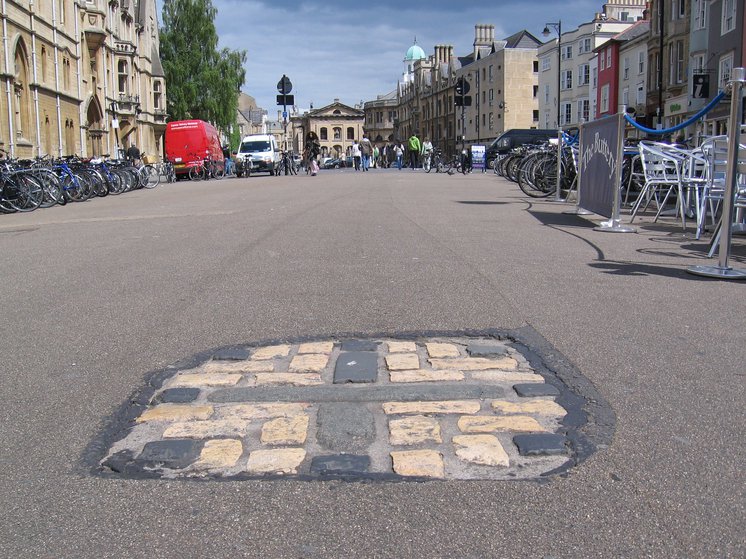
Real presence of Christ in the Eucharist
Latimer and Ridley were accused (and found guilty of) of denying the real presence of Christ in the Eucharist.
The Real Presence of Christ in the Eucharist is a belief held by many Christians that during the celebration of the Eucharist, the bread and wine become the actual body and blood of Jesus Christ. This belief is based on the words of Jesus himself during the Last Supper, when he said, “This is my body” and “This is my blood” as he broke the bread and passed the cup to his disciples. This change is referred to as transubstantiation, and it is believed that the substance of the bread and wine is changed into the substance of Christ’s body and blood.
The Real Presence of Christ in the Eucharist is a central belief of Catholicism. It is celebrated in the Mass and is considered a profound spiritual experience that strengthens their relationship with God.
The Last Words of the Oxford Martyrs
The last words of Bishop Latimer were recorded. He said:
‘Be of good comfort, Master Ridley, and play the man. We shall this day light such a candle, by God’s grace, in England, as I trust shall never be put out.’
A Pocket Full of Gunpowder and More Tinder to the Fire
After the death of the Oxford martyrs, several stories emerged about what had exactly happened at the stake. One suggested that someone had hidden small pockets of gunpowder on Ridley’s body, in the hope they would explode and shorten his suffering. However, these pockets either didn’t exist or failed to ignite. Another story mentions that Ridley’s brother tried to add more tinder to the fire. If this did happen, the tinder might have actually slowed down the pyre’s flames.
Visting The Places of the Martyrs at Oxford
If you’re visiting Oxford and you want to see the places where these events happened or are remembered today, here’s a list of locations that might be of interest.
The heresy trials against Latimer, Ridley, and Cranmer took place at the Church of St Mary the Virgin. You can still see a notch made in one of the nave columns, which had to be cut away to place a wooden platform.
The men were burnt, as I mentioned, in what is now Broad Street and was then just outside the city walls to the north. The site is marked by a small area paved with granite tones right outside Balliol College. The flames from the pyre actually scorched the doors of the college, something you can still see today if you go inside the building (they are now hung between Balliol’s quads).
They were also held prisoner in the former Bocardo Prison near St Michael at the North Gate.
Lastly, there is one monument you probably won’t miss: The Victorian spire-like Martyrs’ Memorial, which commemorates the events and was completed in 1843. It is placed right at the south end of St Giles’.
